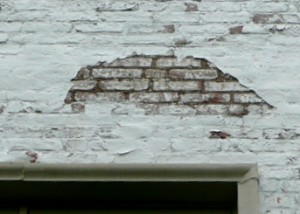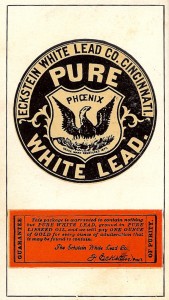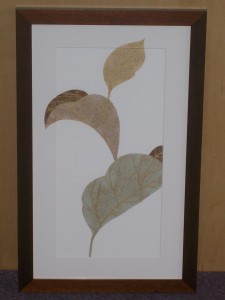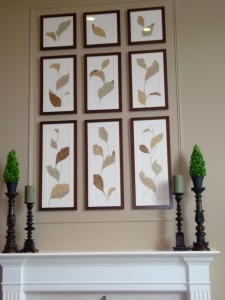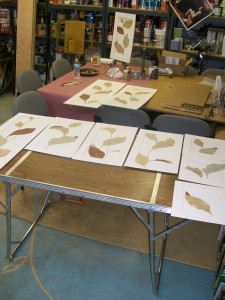Color design consulting is a service Painting in Partnership, from the Chicago area, offers its clients in order to help relieve the stress of choosing paint colors for their house-painting project. Over the years, we have found that the results of such a paint color consultation can be greatly enhanced by asking our clients to do a little bit of homework ahead of the consultation. Let’s see what it entails.
First, we ask that you create a folder of pictures from magazines and the web, as well as color swatches. It is important that you select pictures and colors that you both like and dislike. Creating this folder will help you define your personal style.
Second, on a scale of 1 to 10, “take the temperature” of each room in your house, in terms of what works or does not work for you, 10 being a room that totally works.
The third step consists of taking an “Emotional Inventory”: how do you feel in each room? In coming up with your assessment, consider the following four factors:
– Function: What is the room used for? Does it serve its function well?
– Who uses the room: Are there special needs at play?
– Mood: What feeling, emotion or mood do you want to convey in the room?
– Change: Is anything going to change? Answering that question now will help you choose colors more appropriately.
As a final step, we ask that you reassess the pictures in your folder using the information you have now gathered on your space. What is it that you like the most in those pictures?
You are now ready to focus on colors! This is the part that many people struggle with, as shown in this picture. The color selection process can be an extremely stressful experience, but it does not have to be. On their own, many people will make very “safe” and conservative color choices, for fear of “making a mistake”. This is where a professional color design consultation can be most helpful.
At Painting in Partnership, we have found that doing the homework described above really helps clients in making color decisions that really work for them. Helping you create an environment that is nurturing to you is the result we strive to achieve with every client.







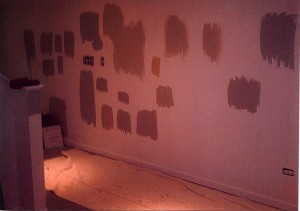
 Follow
Follow


